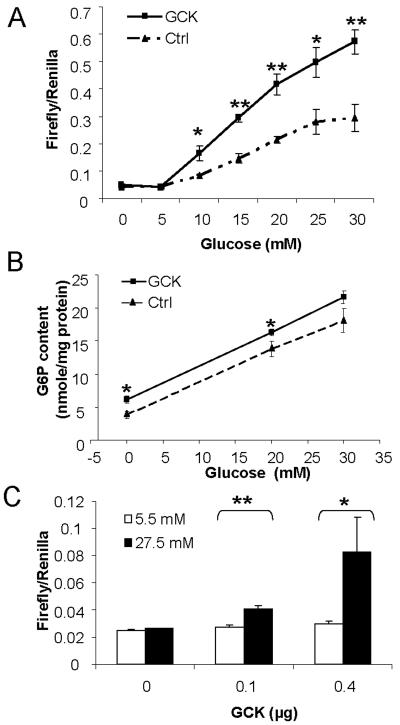Fig. 2. GCK acts as glucose sensor for ChREBP activation.
(A) Over-expression of GCK in 832/13 changed kinetic behavior of GAL4-ChREBP. 832/13 cells were infected with retrovirus which over-expresses GCK as described in Materials and Methods. Infected cells or uninfected control cells were transfected with pGAMPAC-ChREBP, pG5-R2.2luc and pRL-TK, and treated with low glucose over night, and then treated with indicated concentrations of glucose for 3 hrs before luciferase assay. (B) 832/13 cells overexpressing GCK and the control cells were cultured under low glucose (2.5 mM) over night and then treated with 0, 20 and 30 mM glucose for 1 hr followed by G-6-P measurement. (C) pGAMPAC-ChREBP, pG5-luc, pRL-TK and indicated amount of pCMX-GCK were transfected into HEK293T cells. The total amount of transfected DNA was held the same by adding appropriate amount of vector DNA. The transfected cells were then treated with low (5.5 mM) or high (27.5 mM) glucose concentration for 24 hrs before luciferase assay. * p < 0.05; ** p<0.005 vs vector transfected control cells at the same glucose concentration or as indicated (C).

